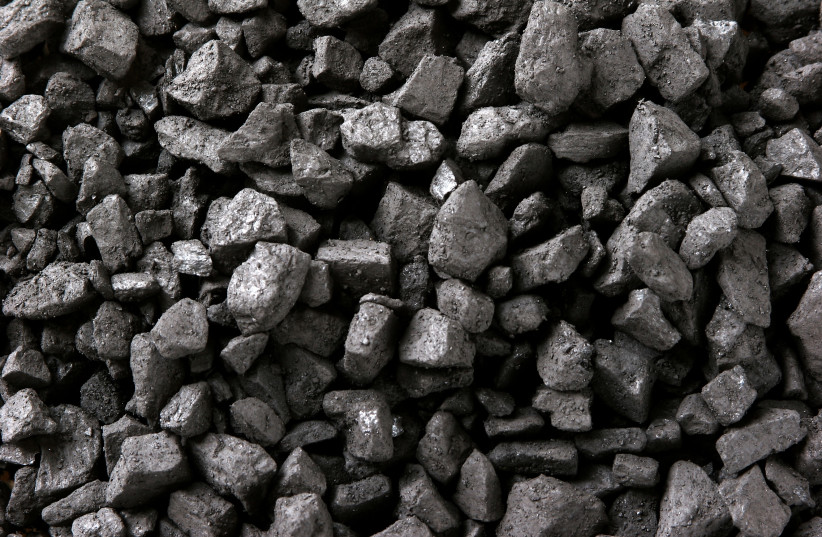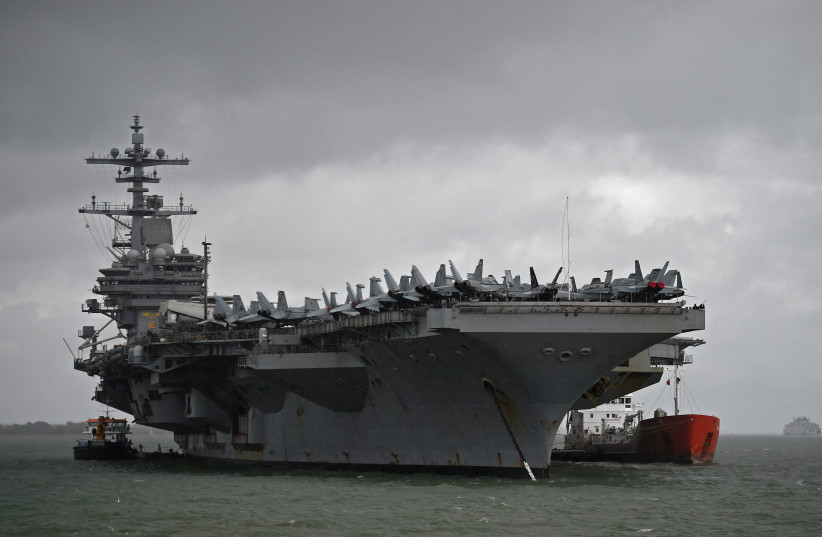Archaeologists find coal on Blackbeard's ship. Where did it come from?

Blackbeard and his crew cruised through the Caribbean, gaining notoriety and acquiring treasures that remain undiscovered to this day.
A team of researchers from the University of Kentucky are currently investigating a puzzling discovery on the North Carolina coast. Their mission is to identify the source of the coal found in the infamous Queen Anne's Revenge, a pirate shipwreck that has remained a mystery for centuries. The findings were published in the International Journal of Nautical Archaeology.
Nearly 300 years ago, the notorious pirate Edward Thatch, better known as Blackbeard, was among a group of pirates that took control of a French slave ship. The vessel was then repurposed by the pirates and christened as the Queen Anne's Revenge, named after the monarch, that Blackbeard previously served.
Blackbeard and his crew cruised through the Caribbean, gaining notoriety and acquiring treasures that remain undiscovered to this day.
However, their reign of terror came to an end in 1718 after they blockaded the port of Charleston, South Carolina. The crew attempted to sail north but hit a sandbar along the coastline of Old Topsail Intel in North Carolina, now known as Beaufort Intel, where the Queen Anne's Revenge would lie undiscovered in 1996.
According to the researchers, about half of the shipwreck has been excavated and recovered, revealing gold grains, mercury, glass trade beads and hundreds of pieces of coal.
The team, including James Hower PhD, a research professor at the UK Center for Applied Energy Research (CAER), wants to know where the coal came from.
Hower, who has over 40 years of experience researching coal, took samples from the site and helped publish the teams' findings in the Interntaional Journal of Nautical Archaeology.
The researchers aimed to determine the origin of the coal, which was present during an era when coal mining was not yet established in the country.
"There are reasons to have coal on a sailing ship like this, so finding it is not unique," Hower said. "But in this case, we first needed to put together the entire picture of the Queen Anne's Revenge to discern whether the coal belonged to the ship, which it most likely did not."
Where did the coal come from?
While coal was primarily used for cooking and heating on ships during the 17th and 18th centuries, the researchers found no evidence of it being used for these purposes on the pirate ship. Instead, the coal was found scattered evenly across the site, with more samples expected to be discovered as excavation continue.
To determine the origin of the coal, the team sent samples to Hower. He then used his expertise in analyzing coal and coal-combustion products to determine the rank of the samples, which can provide insight into where the coal originated.
The samples varied in rank from low volatile bituminous coal to anthracites, with Hower explaining that low volatile bituminous coal is generally found in Virgina and anthracites are typically found in Pennsylvania.
However, the sources of these types of coal were not active during the period in which the Queen Anne's Revenge sank.
Hower listen possible sources of coal overseas in Ireland and Portugal that could have been used on the ship during it heyday.
"Simply put, the coal samples post-date the Queen Anne's Revenge grounding," Hower explained. "Plus, European settlers did not discover Pennsylvania anthracite until maybe the later part of the 1760s and real, legitimate mining didn't happen until the 1800s."
US Navy ships? A coincidence?
"It turns out we didn't need to sort out the source because the happenstance of the shipwreck and the coal was totally a coincidence," Hower said. "It was most likely dumped from US Navy ships in the Civil War era."
The ship sank near Beaufort, North Carolina, an important harbor and coal refueling station during the Civil War after Union troops captured nearby Fort Macon in 1862.
Researchers found that a heavy influx of ship traffic during the Union's blockade of Wilmington, North Carolina, led to the storage of 1,000 tons of coal in Beaufort for ships in the area.
From 1862 to 1864, 421 vessels made nearly 500 trips into the city for coal.
Additionally, the researchers noted that the coal's movement in and around the shipwreck was due to teh forces of nature, such as shifting inlets adn sand shoals caused by waves, tidal currents, tropical storms and hurricanes.
"This research demonstrates that our studies of coal are not just for utilization. We can do something that teaches us about our history and not just mining history," Hower stated. "One way or another, somebody used this coal. It wasn't Blackbeard, but it was the US Navy."
Jerusalem Post Store
`; document.getElementById("linkPremium").innerHTML = cont; var divWithLink = document.getElementById("premium-link"); if (divWithLink !== null && divWithLink !== 'undefined') { divWithLink.style.border = "solid 1px #cb0f3e"; divWithLink.style.textAlign = "center"; divWithLink.style.marginBottom = "15px"; divWithLink.style.marginTop = "15px"; divWithLink.style.width = "100%"; divWithLink.style.backgroundColor = "#122952"; divWithLink.style.color = "#ffffff"; divWithLink.style.lineHeight = "1.5"; } } (function (v, i) { });


